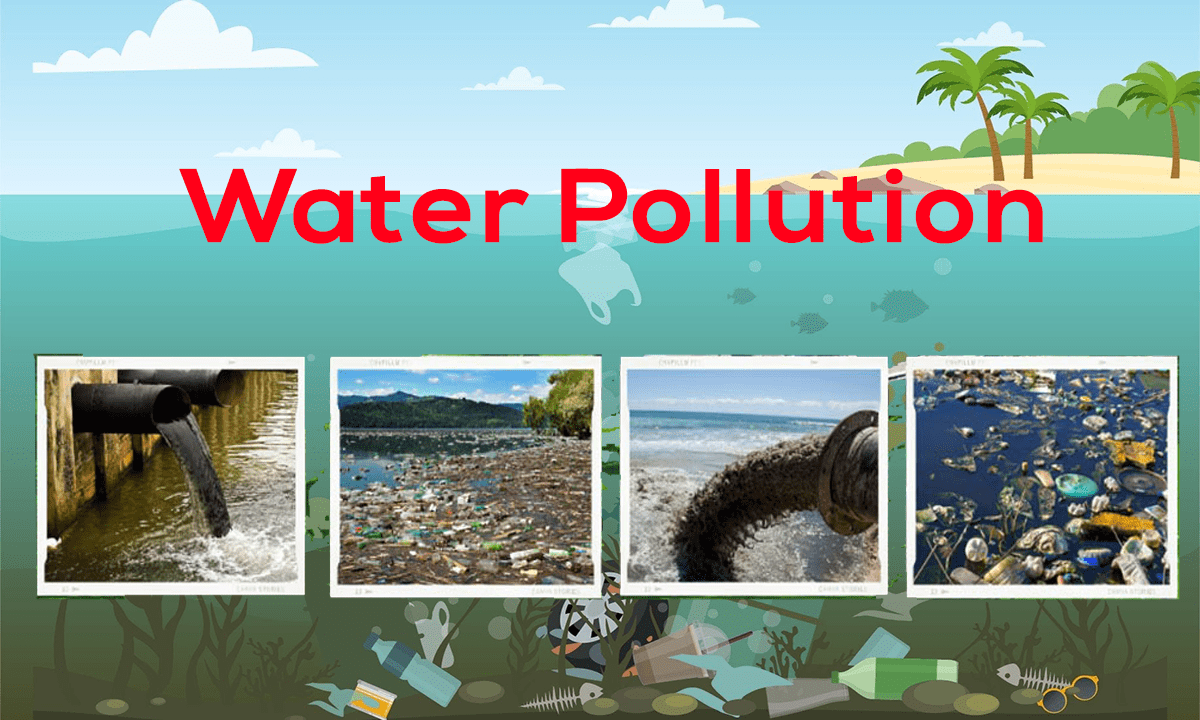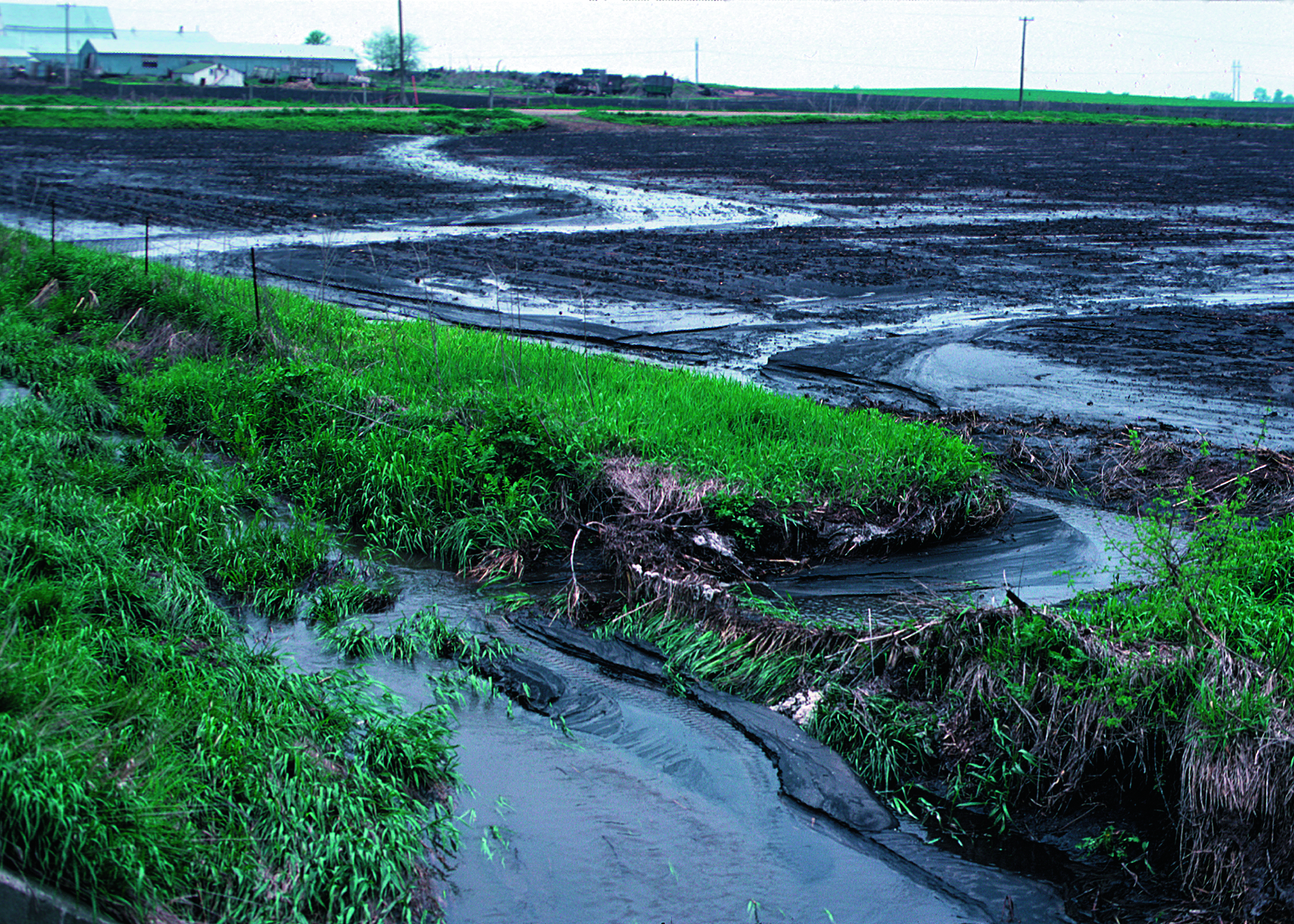Water pollution is a significant environmental issue in China. Rapid industrialization, population growth, and lax enforcement of environmental regulations have contributed to the country’s water pollution problems. Here are some key points regarding water pollution in China:
- Industrial Discharges: Industrial activities, including manufacturing, mining, and energy production, generate a significant amount of pollutants that find their way into water bodies. These pollutants can include heavy metals, toxic chemicals, and untreated wastewater.
- Agricultural Runoff: The excessive use of fertilizers and pesticides in agriculture results in the contamination of water sources. When it rains, these chemicals are washed into rivers and lakes, leading to water pollution. Additionally, livestock farming contributes to water pollution through the release of animal waste.
- Urbanization and Domestic Wastewater: Rapid urbanization has strained existing wastewater treatment infrastructure in many cities. As a result, untreated or inadequately treated domestic wastewater is often discharged into rivers and lakes, contributing to water pollution.
- Coal and Mining Industry: China is the world’s largest producer and consumer of coal. Coal mining activities and coal-fired power plants produce substantial amounts of pollutants, including heavy metals and acid drainage, which can contaminate nearby water sources.
- Water scarcity and water quality: China faces significant challenges related to both water scarcity and water quality. Some regions suffer from water scarcity due to overexploitation of water resources, while others struggle with severe contamination issues, making the available water unsuitable for use.
- Health and Environmental Impacts: Water pollution in China has severe consequences for human health and ecosystems. Contaminated water poses risks to public health, leading to waterborne diseases and long-term health problems. Aquatic life and ecosystems are also adversely affected by water pollution, with impacts on biodiversity and the ecological balance.
Government Efforts: The Chinese government has acknowledged the severity of water pollution and has taken steps to address the issue. Measures include stricter environmental regulations, increased investment in wastewater treatment plants, and campaigns to reduce industrial pollution. However, enforcement and implementation of these measures have been a challenge, and significant improvements are still required.
Public Awareness and Civil Society: Public awareness about water pollution and its impact on health and the environment has been growing in China. Environmental NGOs and concerned citizens are working to raise awareness, advocate for stronger policies, and monitor pollution levels.
International Collaboration: China has recognized the transboundary nature of water pollution and has engaged in international collaborations to address the issue. Collaboration with neighboring countries and international organizations has been established to promote shared responsibility and sustainable water management.
While progress has been made, water pollution remains a complex and pervasive issue in China. Continued efforts are needed to strengthen regulations, improve enforcement, upgrade infrastructure, promote sustainable practices, and raise public awareness to effectively combat water pollution and safeguard water resources.





